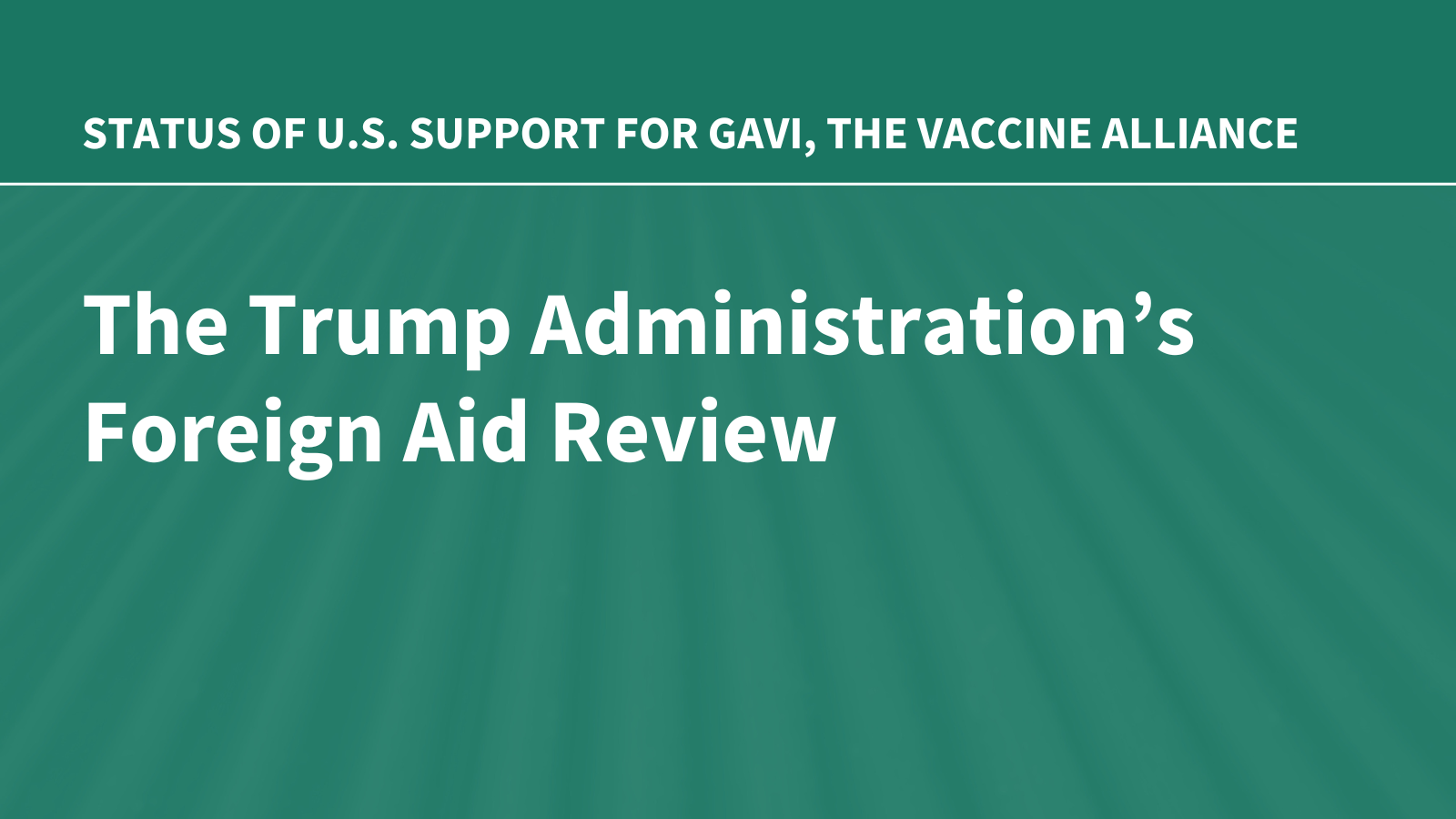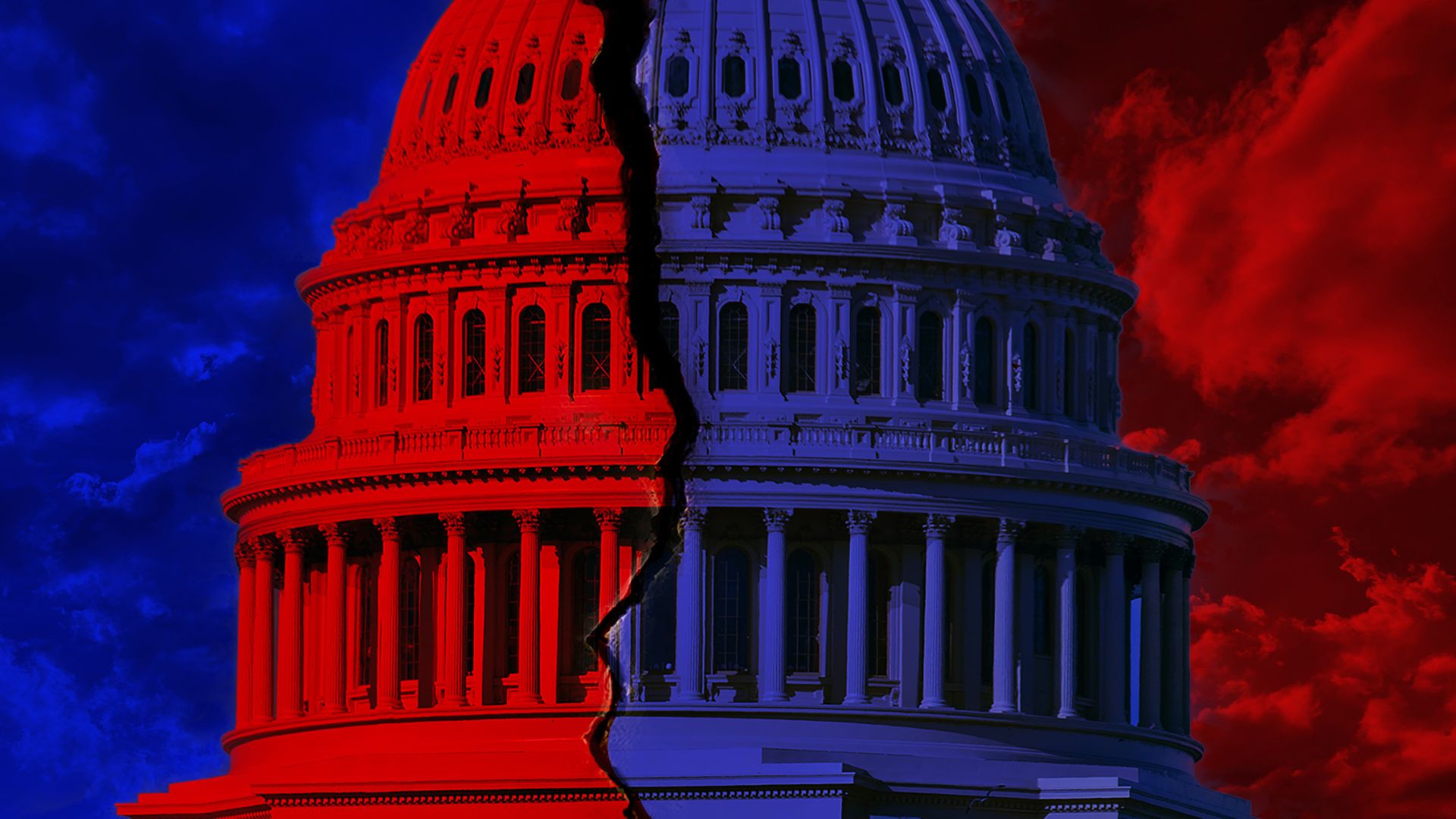Congress has made permanent a pandemic-era telehealth provision for millions of Americans with high-deductible health plans.
In its massive tax package signed into law on July 4, Congress included a last-minute provision to allow employer-sponsored health plans to offer covered telehealth services before employees meet their deductibles.
In 2023, 41.7% of commercially-insured Americans had high-deductible health plans linked to health savings accounts, according to the Centers for Disease Control and Prevention. These roughly 35 million Americans can now access covered telehealth services before they meet their deductible and still be eligible for their health savings accounts.
The HDHP HSA telehealth safe harbor will now allow employers and digital health companies to work together on unique benefit designs that could significantly reduce the cost of digital health services, like telehealth and remote monitoring, for patients.
Under high deductible health plans, patients typically have to pay out of pocket for healthcare services until they meet their deductible, with an exception for preventive care services.
Now, employers will be able to offer digital healthcare services to their employees for little to no out-of-pocket cost. The telehealth safe harbor policy also allows employers to waive copays for digital health.
Congress extended the tax provision multiple times throughout the COVID-19 pandemic to allow commercially insured patients the option to receive care from anywhere. The policy was allowed to lapse at the end of 2024 when it did not make it into the end-of-year healthcare package.
The telehealth safe harbor policy in reconciliation applies to all plan years beginning after December 31, 2024.
While it’s not yet clear how the retrospective policy will play out for employers and patients, it could mean that the provision could immediately go into effect for health plans that began on Jan. 1, 2025, Leslie Krigstein, vice president of communications and government affairs at Transcarent, said in an interview.
“The fact that it’s permanent is huge because having to work in these [one- or two-year] short extensions made it really challenging,” Krigstein said. “Every year was really challenging, because folks were wanting to make decisions and put things into place to offer the best possible options to their employees, and it was a perpetual struggle.”
The telehealth safe harbor policy for HDHPs linked to HSAs was added to the massive tax package late in the reconciliation process, in the second version of the Senate Finance Committee’s bill text. When the Senate sent the bill back to the House for final approval early last week, House Republicans decided to keep it, having worked on the policy themselves for many years prior.
The key reasons House Republicans kept the provision were to improve health savings accounts, expand access to care for rural America and enable employers more flexibility in designing benefits, a key staffer said.
“Telehealth has enabled working families and patients to have greater access to care. This policy expired at the end of 2024 and House Republicans have worked tooth and nail to restore necessary care and enable employers to offer telehealth flexibilities for their employees,” the staffer said in a message.
Telehealth advocacy groups have been pushing the commercial insurance telehealth provision for years, which they credit as a big part of the success of securing permanency in reconciliation.
“It allows [employers] to really maintain a strong and healthy workforce … a more flexible workforce, a more satisfied workforce, and a workforce with more dollars in their pockets, because they’re not going to have to hit that big deductible before seeing these benefits,” Kyle Zebley, executive director of the American Telemedicine Association’s advocacy arm, told Fierce Healthcare. “It’s a win-win for employers and employees.”
“Making permanent the flexibility for health plans and employers to cover telehealth and other remote care services before the deductible is met will expand access to preventive care for more than 30 million Americans with HSA-eligible high-deductible health plans,” Chris Adamec, executive director of the Alliance for Connected Care, said in a statement to Fierce Healthcare. “We commend Congress for taking permanent action to secure telehealth for these individuals.”
Publisher: Source link









